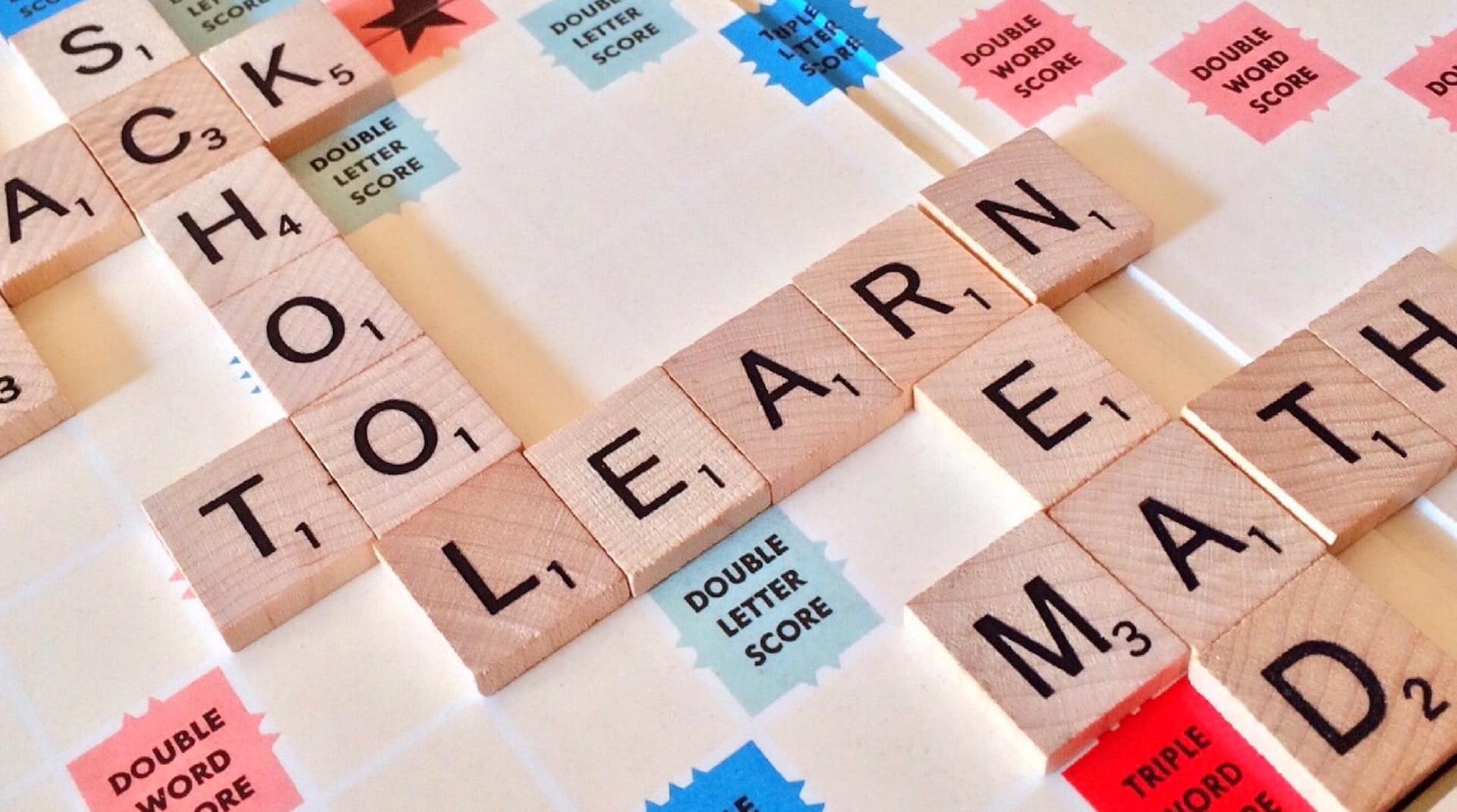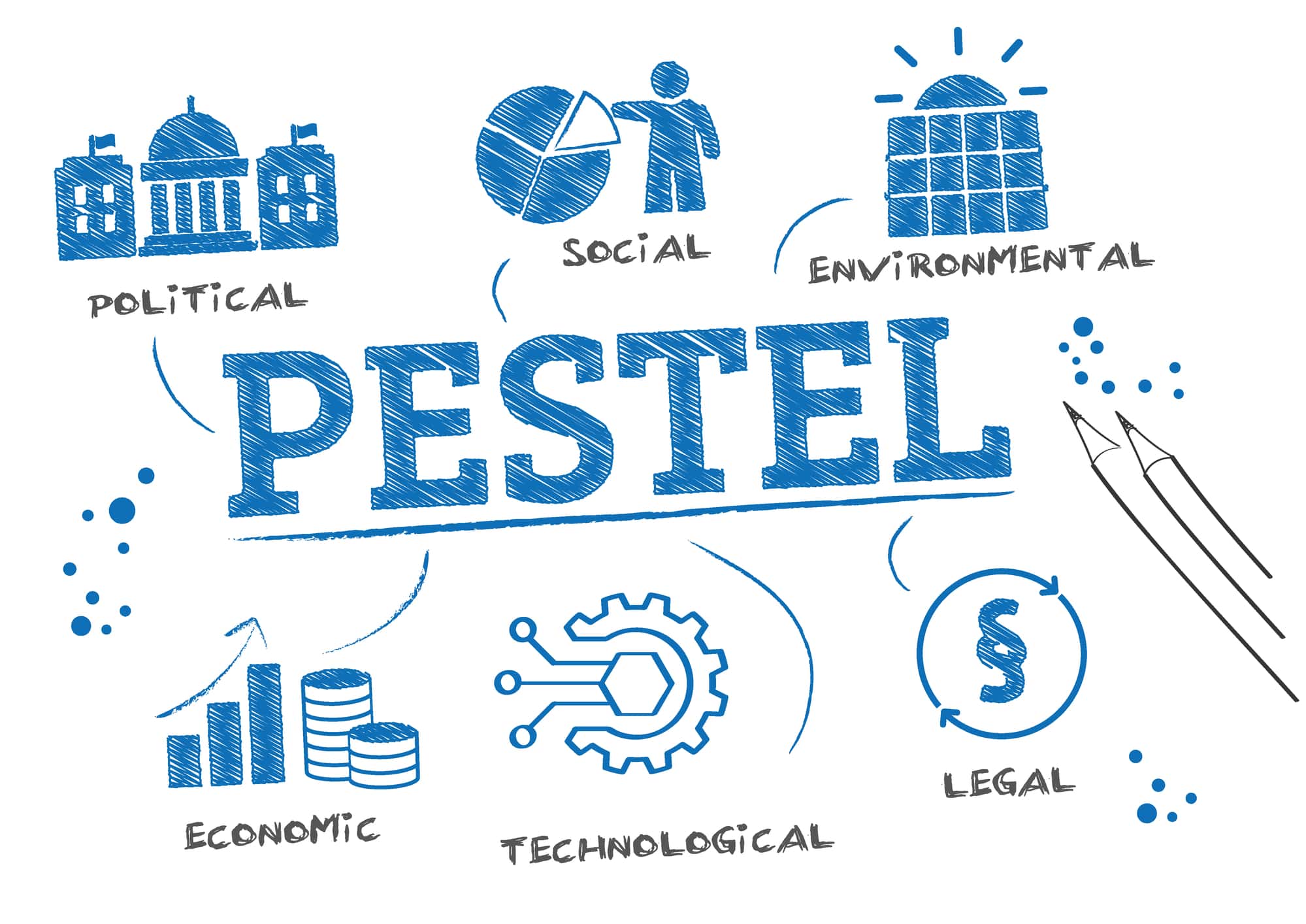Our PESTLE analysis of the education industry studies the political, economic, social, technological, legal and environmental factors that affect the educational system.
If we ask you to make a list of the most significant industries, you will surely add the education industry to your list.
The education industry is a global industry that holds great significance since, besides generating huge sums of revenue and providing employment to millions of people, the education industry is responsible for educating people across the globe.
Imagine that no organised education system would be in place if the education industry didn't exist. Hence, the masses would still have been uneducated, and we would probably live in the dark ages.
You might be thinking, why are we discussing the significance of the education industry? Well, it's because today we will conduct a PESTLE Analysis of The Education Industry that will provide you a complete insight into it.
So without further adieu, let's proceed and take a look at how the education industry came into being and expanded over the years. The educational industry has been present for thousands of years.

Even in ancient times, people would get an education, and educational institutes were present. Governments and rulers have always focused on education and tried to increase the literacy rate in their states.
In ancient civilizations, education was for social elites, nobles, or anyone with huge sums of money. Meanwhile, the middle class focused on learning essential skills that would help them earn their bread and butter.
In the middle ages, more attention was given to education. Religious institutions such as cathedral schools and monasteries became a source of providing education to the middle class. However, religious institutions mainly gave religious teachings, not general education.
Later between the 14th to 17th centuries, the Renaissance era started when the foundation of formal education institutions was laid. During this time, education was being provided other than religious institutions. Hence, more people had access to it.
Due to such wide access to education, people started to think critically as their vision broadened. As a result, fields such as philosophy and modern science came into being.
Many countries experienced an industrial revolution in the 18th and 19th centuries. Factories full of machines got established, and mass production started. This caused the demand for educated personnel to increase since now a workforce was required that could operate and repair machines.
Moreover, people were required in factories who could manage people. As a result, studies that taught the management of humans emerged, and universities were built to offer education to the masses.
Later in the 19th century, more formal education institutes such as schools, universities, and training facilities got established.
Private as well as government institutions got established. The government emphasized and prioritized education and provided subsidies to government education institutes to promote education and make it accessible for everyone.
In the 20th and 21st centuries, modern techniques took over and revolutionized the education industry. Modern technology, such as computers and the internet made teaching and education more productive and effective.
In 2020, it was recorded that more than 90% of the world population has received primary education, while 66% of the global population has attained secondary education.
The global education industry was worth $5.48 billion in 2022. The industry is expected to grow at a rate of 10.37% in the coming years. The majority of the revenue of the education industry is generated in the US.
Now that we have discussed the education industry let's proceed further and discuss what a PESTLE Analysis is.
PEST Analysis is a business tool organizations use to examine the political, environmental, legal, economic, social, and technological factors that impact an industry. In today's PESTLE analysis, we will examine what external factors impact the education industry.

Political Factors That Affect The Education Industry
Political factors are factors that are linked with government policies and regulations. Governments have a significant impact on industries. In this section, we will analyze the impact of political factors on the education industry.
Government-owned public education institutes are very common in every part of the world. These public institutions get funds from the government. Governments are responsible for allocating a certain portion of the budget for public education institutions.
Suppose any government allocates more of the total budget to the education sector. In that case, the education industry in that country will flourish since new universities and schools will be made.
On the contrary, less budget allocation towards the education sector would hinder the growth of the education industry in that country. Besides that, the government's tax policies impact the education industry significantly.
More private educational institutions will be made in a tax regime that provides tax incentives to educational institutions. As a result, the education industry will grow. On the other hand, if the education sector is slapped with high taxes, many educational institutions might close down, giving the education industry a major setback.
Moreover, political stability is very important for making the education industry grow. A politically stable environment encourages people to attain education. Other than that, it encourages people from all over the world to enroll in educational institutes located in countries with political stability, such as the US or UK.

Economic Factors That Affect The Education Industry
Various economic factors significantly affect different industries. Similarly, factors related to the country's economy also impact the education industry.
Private educational institutes have a significant percentage in the entire education industry. However, private education is always expensive. Hence, people require a lot of money to attain private education.
GDP per capita is an economic indicator to assess the wealth of individuals in a country. Countries with higher GDP per capita tend to have a well-established education industry since people in such countries can afford private education.
Besides GDP per capita, inflation also impacts the education industry. Countries with high inflation have poor living standards because people's inflation and disposable income have an inverse relationship.
As inflation increases, people are left with less money. Hence, in countries where there is high inflation, fewer people can afford education. As a result, the education industry in such countries suffers.
Moreover, exchange rates also have an impact on the education industry. For example, suppose a student from China wants to study in the US, and Yuan depreciates with respect to the Dollar.
In that case, the cost of studying in the US will increase for the Chinese student. This is how fluctuations in the exchange rates impact the education industry.

Social Factors That Affect The Education Industry
Social factors have a great impact on all the industries. This section will analyze how various social factors impact the education industry.
Population growth is a demographic factor that greatly impacts the education industry. Countries with large populations, such as India and China, have a high demand for education. On the other hand, fewer people get enrolled in education institutes in countries where the population is less.
Besides population growth, the age distribution in a country impacts the education industry significantly. In a country with a high percentage of the population under 30 years of age, enrollment in educational institutes would be higher than in countries where most of the population is above 30.
Other than that, cultural norms also greatly impact the education industry. Education is considered sacred in some cultures, and people who attain education are respected. In such cultures, the education industry grows because the demand for education is high.
On the contrary, in many cultures receiving education is considered taboo. People are against education and don't want their generation to get educated. In cultures where such norms are practiced, the education industry suffers.

Technological Factors That Affect The Education Industry
Technology has a great impact on industries. Let's examine how different technological factors affect the education industry.
The conventional way to receive education has always been through educational institutes. However, as technological advancements took place, platforms for online education emerged. Platforms for online education, such as Khan Academy, Udemy, and Coursera, provide access to educational material and lectures.
Through these education platforms, students can get an education remotely with no or minimal cost. As a result, many people are taking courses from these online educational platforms.
Moreover, the availability of smartphones has helped the education industry is growing. Smartphones allow people to read books, attend lectures and get education through their phones. As a result, the education industry is growing as the number of smartphones is increasing.
Furthermore, AI is also creating an impact on the education industry. It helps students by answering their questions and assisting them. Moreover, AI tools can improve the education system and reform the education industry.
AI also has some negative effects on the education industry. For example, it can replace teachers and make teachers unemployed.
Legal Factors That Affect The Education Industry
Legal factors are the factors associated with law and legal framework. Different legal factors impact different industries. Let's examine how various legal factors impact the education industry.
Governments make laws that impact the education industry. For example, governments set the curriculum standards according to which education is provided. Moreover, it sets the criteria upon which teachers are hired. For example, masters level education is made compulsory for teachers to ensure high education standards.
Besides that, labor laws in a country impact the education industry significantly. Teachers get high wages in countries with strict and effective labor laws, and discrimination isn't practiced in the education industry.
Other than that, many countries have special education laws that ensure that students with disabilities get full access to education. Under these laws, educational institutions are forced to accommodate students with special needs.
As a result of these laws, students with disabilities also receive formal education. Hence, enrollment in educational institutions increases.
Laws related to the funding of educational institutes impact the educational sector significantly. Educational institutions often rely on public funding and donations.
Suppose strict laws regarding donations and providing funding to educational institutions involve complex paperwork. In that case, people will be reluctant to fund educational institutes. As a result, the education industry will suffer.

Environmental Factors That Affect The Education Industry
Environmental factors impact different industries significantly. In this section of the PESTLE analysis, we will examine how different environmental factors affect the education industry.
As global warming has increased, natural disasters have also increased. This increase in the frequency of natural disasters impacts the education industry significantly.
Frequent occurrences of natural disasters can damage the infrastructure of educational institutions, which can make the education industry suffer. Moreover, natural disasters can cause disruption in the routine. Storms and tornados may cause road blockages, so students won't be able to attend classes.
Moreover, air pollution and water pollution can negatively impact the education industry. Students suffer from chronic lung diseases in cities where air pollution is very high. The health of students is affected due to poor air quality.
Similarly, water pollution deteriorates the health of students, due to which they aren't able to attain education effectively.
Other than that, educational institutions consume a lot of electricity. Conventional educational institutes consist of big buildings where a lot of electricity is consumed.
As the awareness regarding the protection of the environment is increasing, pressure groups are demanding educational institutions to make renewable energy for their consumption so that their carbon footprint can be decreased.

PESTLE Analysis of The Education Industry: Final Word
The education industry is one of the most significant industries in the world. It provides employment to millions of people and generates revenue of billion of dollars. Most importantly, the education industry provides education and awareness to people.
The education industry has been around for ages. However, education wasn't so accessible in ancient times. Only elites had access to education. While the middle class used to learn skills to feed their families.
Over the years, the education industry evolved. In this article, we provided our readers a complete insight into the education industry. After that, we also conducted the PESTLE analysis to see what external factors impact the education industry.
The PESTLE analysis framework highlighted how various external factors impact the education industry. If you're curious about the PESTLE analysis technique and want to know more about it, look at some of its examples.


